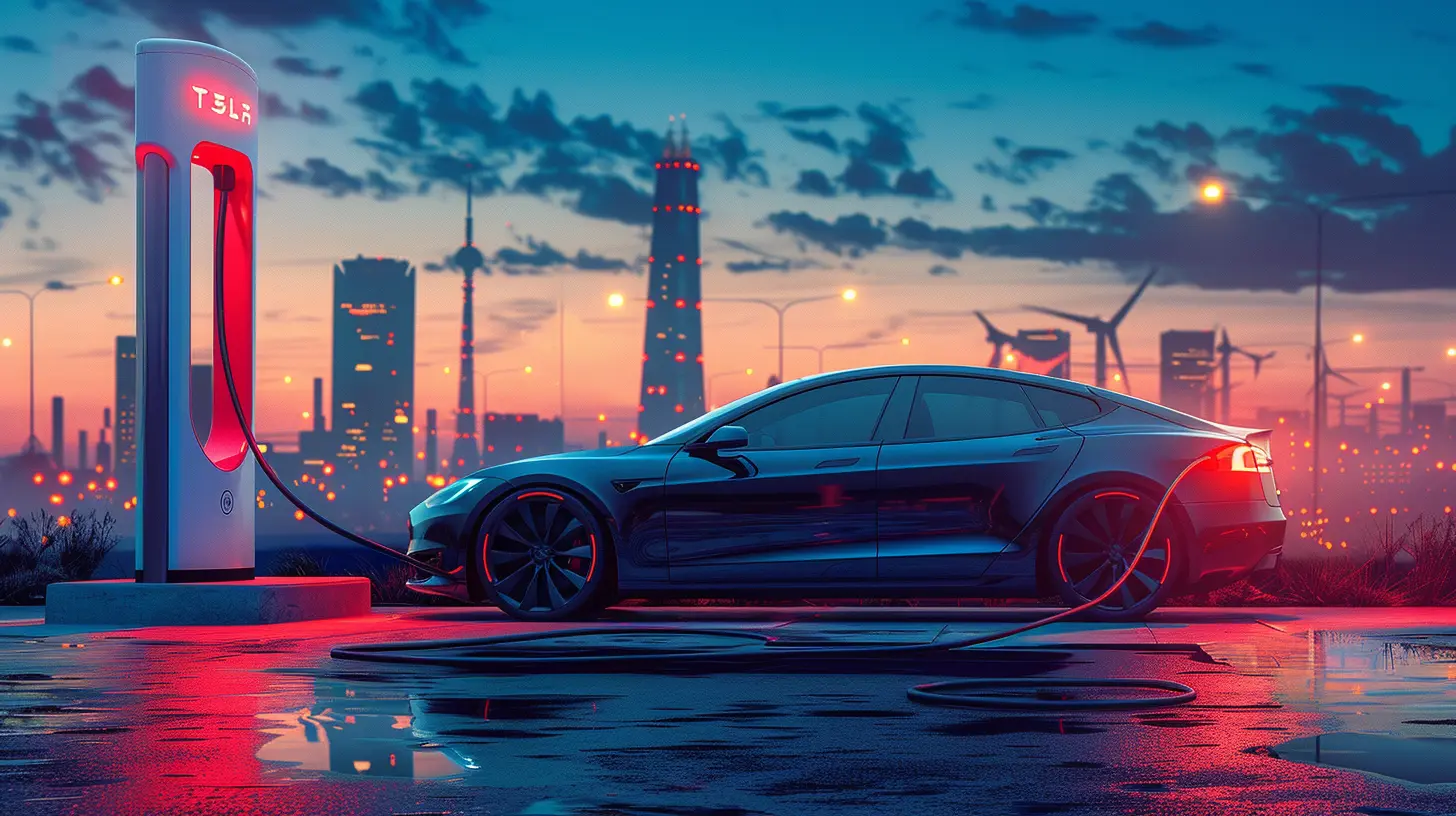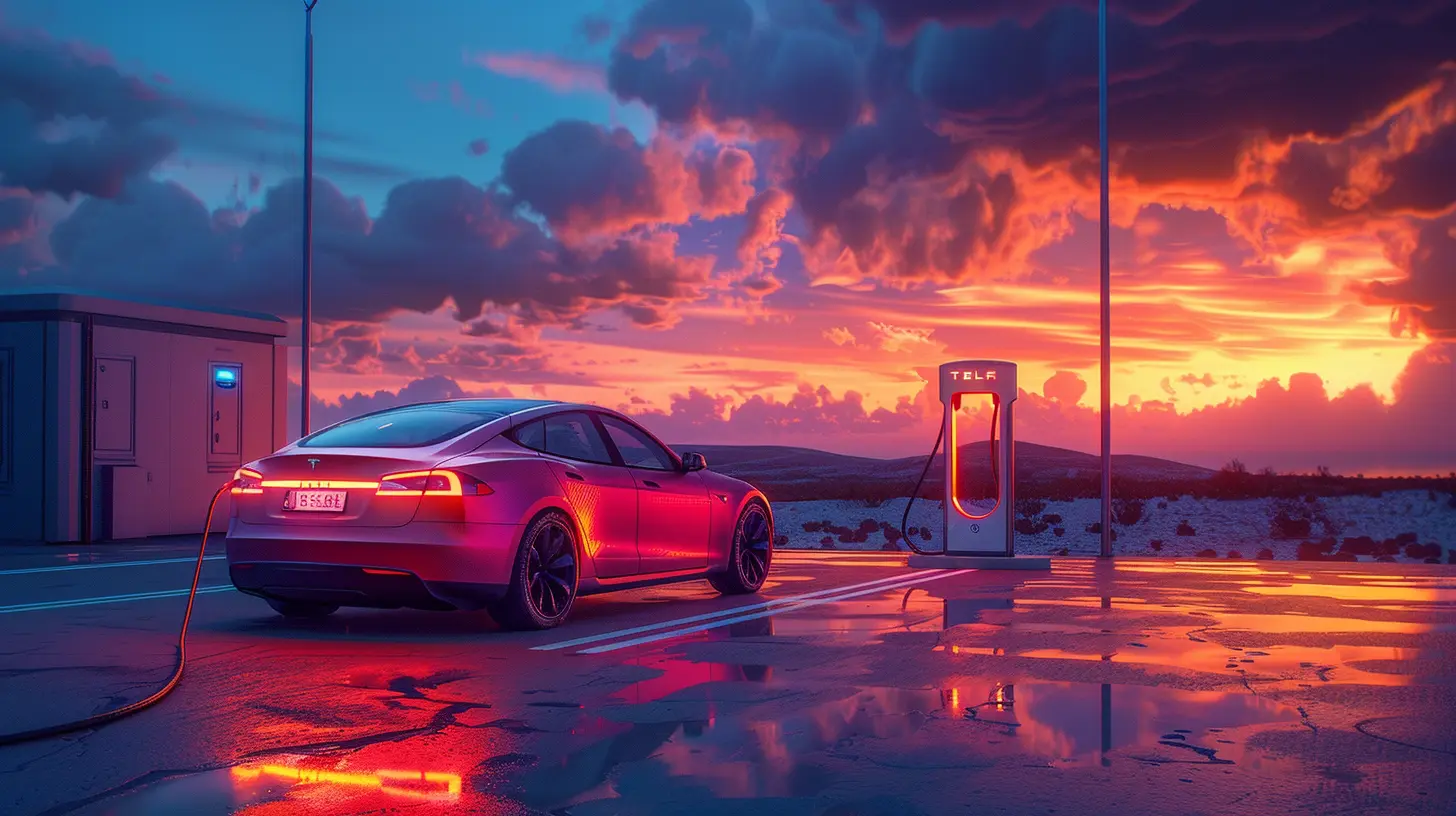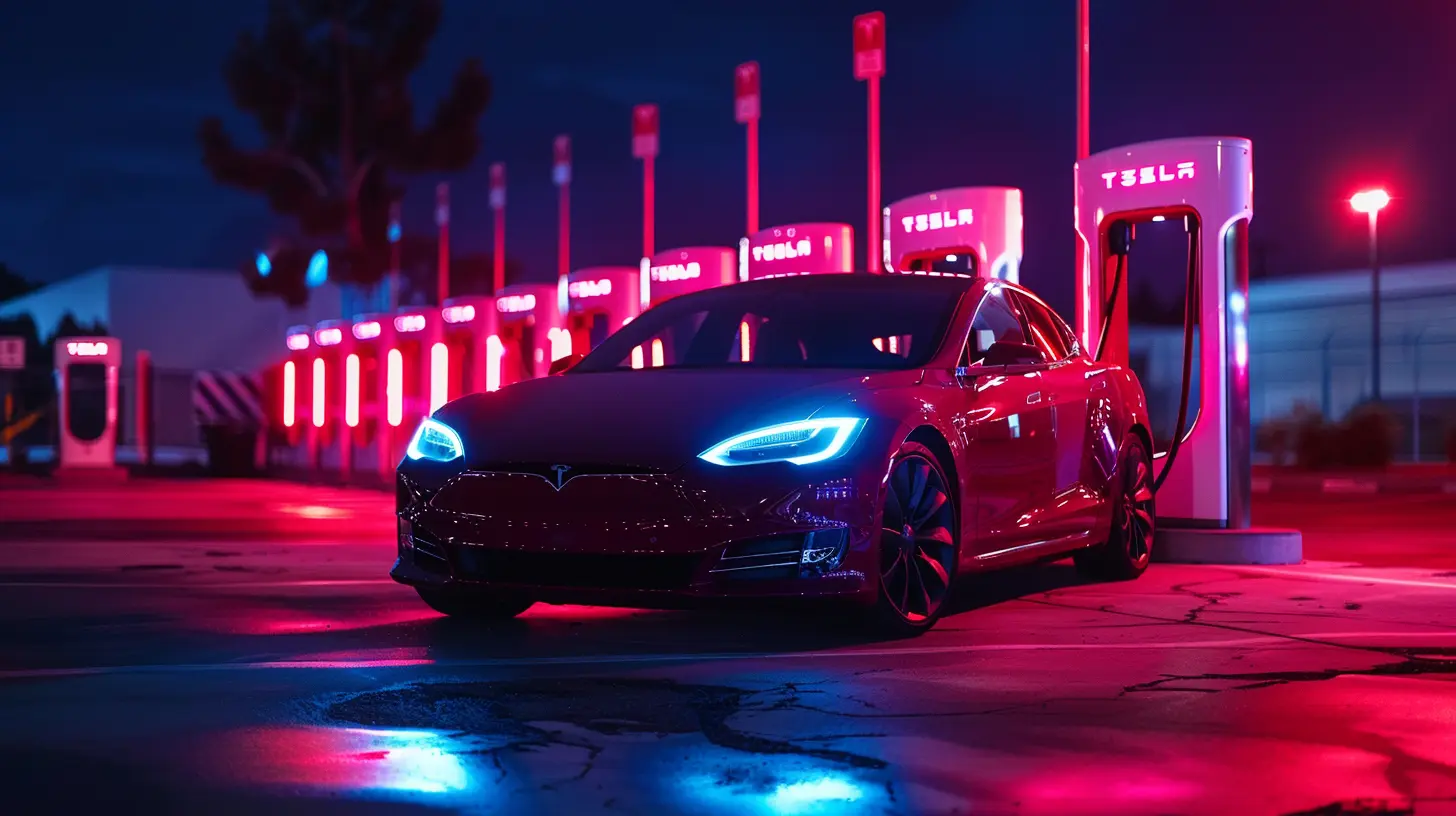How the Transition to Electric Vehicles Is Impacting Oil Demand
30 June 2025
Let’s be real: Cars are a big part of our lives. They get us to work, to vacations, to late-night fast food runs. And for the longest time, getting from point A to point B meant one thing — filling up at the gas station. But not anymore. Electric vehicles (EVs) are flipping the script, and the ripple effects are stretching far beyond your garage. One major player feeling the heat? The oil industry.
So, let's break it down. How exactly is the boom in EVs reshaping oil demand? Grab a coffee, and let's dive into what’s happening under the hood of this global transformation.
The Rise of EVs: Not Just a Trend, It's a Movement
Remember when electric cars were kind of… niche? They were expensive, had limited range, and people joked about being stranded with a dead battery. Fast-forward to now, and we’ve got sleek Teslas zipping past gas stations, Ford and GM going all-in on EV lineups, and countries setting deadlines to phase out gas-powered vehicles altogether.According to the International Energy Agency (IEA), electric car sales exceeded 10 million in 2022 — a record-breaking number. And projections? They say EVs could make up over 50% of new car sales globally by 2035. That’s not a gradual shift; that's a full-on revolution.
Gasoline and Diesel: The Oil Industry's Bread and Butter
Before we get into how oil demand is changing, it helps to understand where the oil goes. Spoiler: a huge chunk — about 60-70% — is used for transportation. That includes gasoline for your car, diesel for trucks and buses, and jet fuel for planes.So, when we start replacing gas-guzzling cars with EVs that run on electricity, not oil, that’s a BIG deal. The more EVs on the road, the less gasoline we need. It’s that simple.
Or is it?
Falling Gasoline Demand: A Slow Burn (But It’s Happening)
Let’s cut to the chase — yes, EVs are reducing oil demand, but it’s not like the world flipped a switch overnight.Gasoline demand isn’t tanking immediately, but it’s definitely flattening. Think of it like a balloon you’ve stopped blowing up — it might not deflate all at once, but it’s no longer expanding.
In countries with fast EV adoption (like Norway or China), the impact is already noticeable. In Norway, EVs make up more than 80% of new car sales, and gasoline consumption has dropped significantly over the past few years. That’s not just a coincidence.
The U.S. isn’t quite there yet, but the curve is bending. As more people buy EVs and governments invest in charging infrastructure, it’s only a matter of time before oil starts feeling the pinch stateside, too.
Big Oil’s Plan B: Pivot or Perish
Oil giants aren’t dumb — they’re watching the EV wave, and they know what's coming. That’s why you’re seeing many of them pivoting (kind of like a football player dodging a tackle).BP, Shell, and ExxonMobil are all diversifying. Some are investing in EV charging networks. Others are pouring money into green hydrogen or biofuels. It's part survival strategy, part brand makeover.
It’s like if Blockbuster had decided to become Netflix before streaming took over.
Still, let’s not pretend oil companies are ready to abandon ship. Even in the EV age, oil will be used for aviation, heavy-duty transport, petrochemicals, and heating — areas that are harder to electrify. But for passenger vehicles? That game is changing fast.
Why EVs Alone Won’t Take Down Oil (At Least Not Yet)
Okay, it’s time for a dose of reality. As much hype as there is around EVs (and rightfully so), they’re not a silver bullet. Here’s why:1. The Existing Fleet Still Runs on Oil
Even if every new car sold tomorrow was electric, we’d still have over a billion gas-powered vehicles on the roads globally. Those cars aren’t vanishing overnight.2. Some Countries Are Behind
While EV adoption is surging in Europe, China, and parts of North America, other regions — think Africa, Southeast Asia, and Latin America — are slower to adopt. Reasons range from high EV prices to lack of infrastructure and government support.3. Trucks, Ships, and Planes
Electrifying cars is relatively easy. But semi-trucks? Cargo ships? Airplanes? That’s a whole different beast. These vehicles consume massive amounts of fuel and don't have viable electric alternatives yet (though progress is happening).So, while EVs are poking holes in oil demand, it’s not a knockout punch. Not yet.
Oil Prices: Are They Going Down?
You might think, “If we’re using less oil, shouldn’t it be cheaper?” Great question. But oil prices are complicated — kind of like the stock market mixed with a weather forecast.Prices aren’t just about how much oil we use; they’re also about how much we produce, store, and expect to use in the future. Geopolitical tensions, natural disasters, and OPEC decisions all influence prices.
That said, analysts agree: Long-term demand for oil will steady or decline, which puts downward pressure on prices over time. We’re not talking bargain-bin oil next year, but the trend line might start dipping.
Climate Change: The Elephant in the Room
Let’s not ignore the bigger picture here — climate change. Governments and companies aren’t pushing EVs just because they're “cool.” There’s a global push to cut carbon emissions, and the transportation sector is one of the biggest polluters.EVs, powered by renewable energy, offer a clear path to decarbonizing road transport. That aligns with global climate goals, and it’s why many countries are setting dates to ban internal combustion engine (ICE) cars — some as early as 2030.
Less gasoline burned = less carbon dioxide in the air. It's that simple.
The Domino Effect: What Else Gets Impacted?
Alright, we’ve talked about oil and cars, but the transition to EVs sends shockwaves through other industries too.Auto Repair Shops
EVs have fewer moving parts and lower maintenance needs. That could spell trouble for local mechanics and quick oil-change shops.Gas Stations
Let’s face it: fewer gas-powered cars means fewer pit stops. Many gas stations may shut down or start converting to EV charging hubs.Public Transit
With buses going electric too (hello, quiet city streets!), oil demand from public transit is also expected to drop.Electricity Demand
More EVs = more electricity needed. That’s creating demand for clean energy, grid upgrades, and smarter charging systems. So, while oil demand drops, electricity demand rises — a classic case of robbing Peter to power Paul.So, What’s Next?
The transition to EVs is like watching a supertanker change course — it doesn’t happen instantly, but once it starts, nothing can stop it.Oil demand isn't dropping off a cliff, but the era of perpetual growth in gasoline use is effectively over. We're moving into a new phase — one that’s electric, digital, and driven by sustainability.
And whether you drive an EV today or still love your V8, it’s impossible to ignore: the way we power our lives is shifting. Oil is no longer the only game in town.
Final Thoughts: It’s a Slow Fade, Not a Sudden Stop
If you’re expecting oil demand to collapse tomorrow because EVs are trending on Twitter, pump the brakes. This transition is a marathon, not a sprint. But that doesn’t mean the impact isn’t real.Whether you’re an industry insider, a curious driver, or someone who just likes understanding what's really happening behind the headlines — one thing’s for sure: The rise of EVs is rewriting the rulebook for the global oil market.
So next time you see a shiny electric car on the road, know that it’s doing more than just saving gas — it’s part of a much bigger story that’s shaping the future of energy.
all images in this post were generated using AI tools
Category:
Electric VehiclesAuthor:

Vincent Hubbard
Discussion
rate this article
1 comments
Shania Vaughn
Oil's feeling a bit 'charged' lately!
July 18, 2025 at 2:58 AM

Vincent Hubbard
Thanks for your comment! Indeed, the shift to electric vehicles is creating complex dynamics in oil demand.


